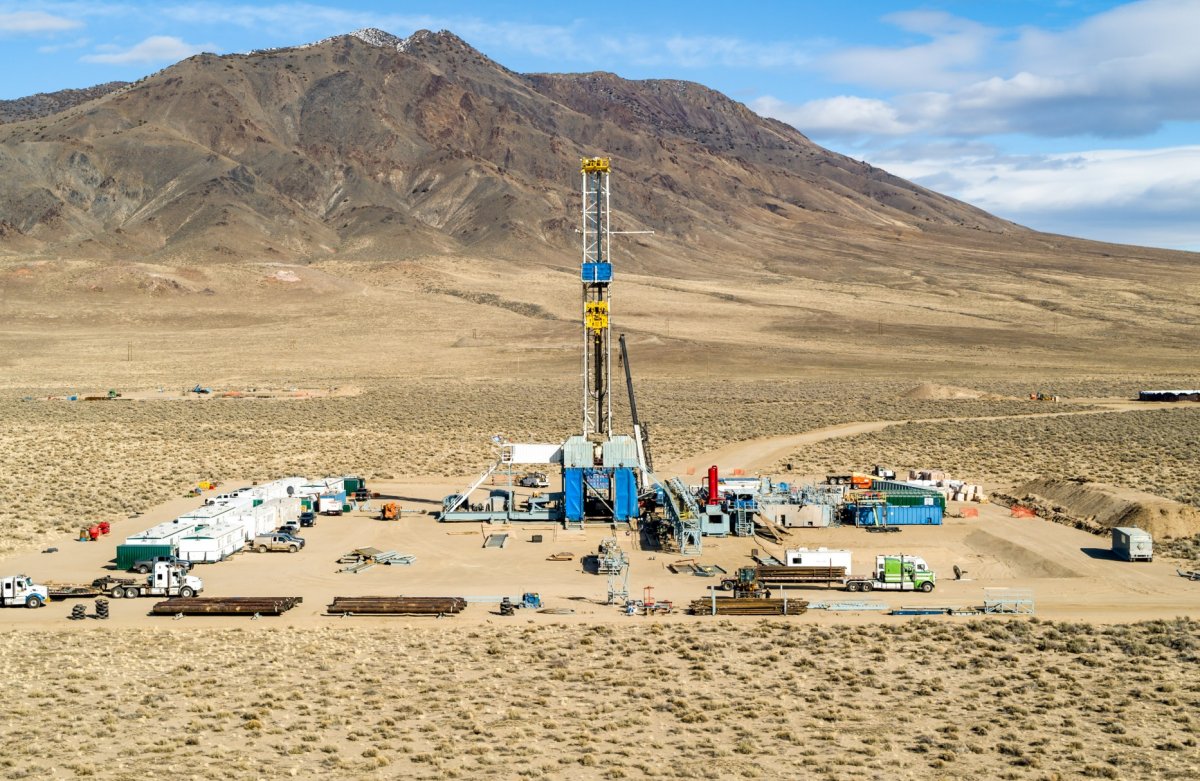In late January, a special experiment took place deep beneath the desert floor in northern Nevada. A start-up pumped large amounts of water thousands of meters underground – and then watched what would happen.
Geothermal power plants also work in this way: they circulate water through hot rock deep below the surface and then use the energy gained in this way. In most modern systems, however, the liquid resurfaces at a wellhead, where it is hot enough to turn refrigerant or other liquid into vapor, which in turn drives a turbine to generate electricity.
But Houston-based Fervo Energy is testing a whole new twist on this standard process — and today the engineers and executives set out to gather data to do it. Readings from pressure gauges installed in the company’s two wells showed that the pressure was rising rapidly as the water, unable to escape, was pressing on the rock. When the engineers finally opened the valve, the water flow increased by leaps and bounds – for hours.
The results of this first experiment — exclusive to MIT Technology Review — suggest that Fervo has created a flexible geothermal power plant. It might be able to increase or decrease electricity production as needed. More importantly, the system could store energy for hours or even days in this way and release it for similar periods of time, working like a giant and very long-lasting battery. This means that such a plant would be able to reduce electricity production when solar and wind turbines are in operation. As soon as there is a lack of sun and wind, they could provide sufficient clean electricity.
Potential to close gap in power supply
The question remains how reliable, affordable and secure this will work on a larger scale. If Fervo can build commercial plants with this capability, it would fill a critical gap in today’s electricity supply, making it cheaper and easier to eliminate greenhouse gas emissions from energy systems. “We know that generating and selling conventional geothermal energy is incredibly valuable to the grid,” said Tim Latimer, CEO and co-founder of Fervo. “But in the future, the ability to react quickly with the systems, to be able to start and stop them at any time and to store energy will be even more valuable.”
At the beginning of February, Latimer and Fervo colleagues travel from the airport in Reno to the company premises. “Welcome to the Geothermal Highway,” he says from behind the wheel of a company pickup truck as the vehicle passes the first of several geothermal plants along Interstate 80. The highway cuts through a flat desert in the heart of the Nevada Basin and Range, a series of parallel valleys and mountain ranges formed by the separation of tectonic plates.
The geothermal energy speaks for itself
The earth’s crust expanded, thinned, and broke into blocks that tilted and became mountains and valleys that filled with sediment and water. Significantly from a geothermal perspective, all of this tectonic movement has brought hot rock relatively close to the Earth’s surface. Geothermal energy speaks for itself: it offers a virtually limitless, always available source of emission-free heat and electricity. If the United States could harness just 2 percent of the thermal energy available between two and nine miles below the surface, that would provide more than 2,000 times the country’s total annual energy needs.
However, due to geological limitations, high capital costs, and other problems, the US hardly uses it: Today, geothermal energy accounts for 0.4 percent of US electricity generation. So far, the developers of such power plants have only been able to develop the most promising and economical locations, such as this section in Nevada. They had to be able to drill into porous, permeable, hot rock at relatively shallow depths. The permeability of the rock is an essential requirement for the water in such a system to flow between two man-drilled wells, but it is also one of the properties often lacking in areas otherwise favorable for geothermal energy.
